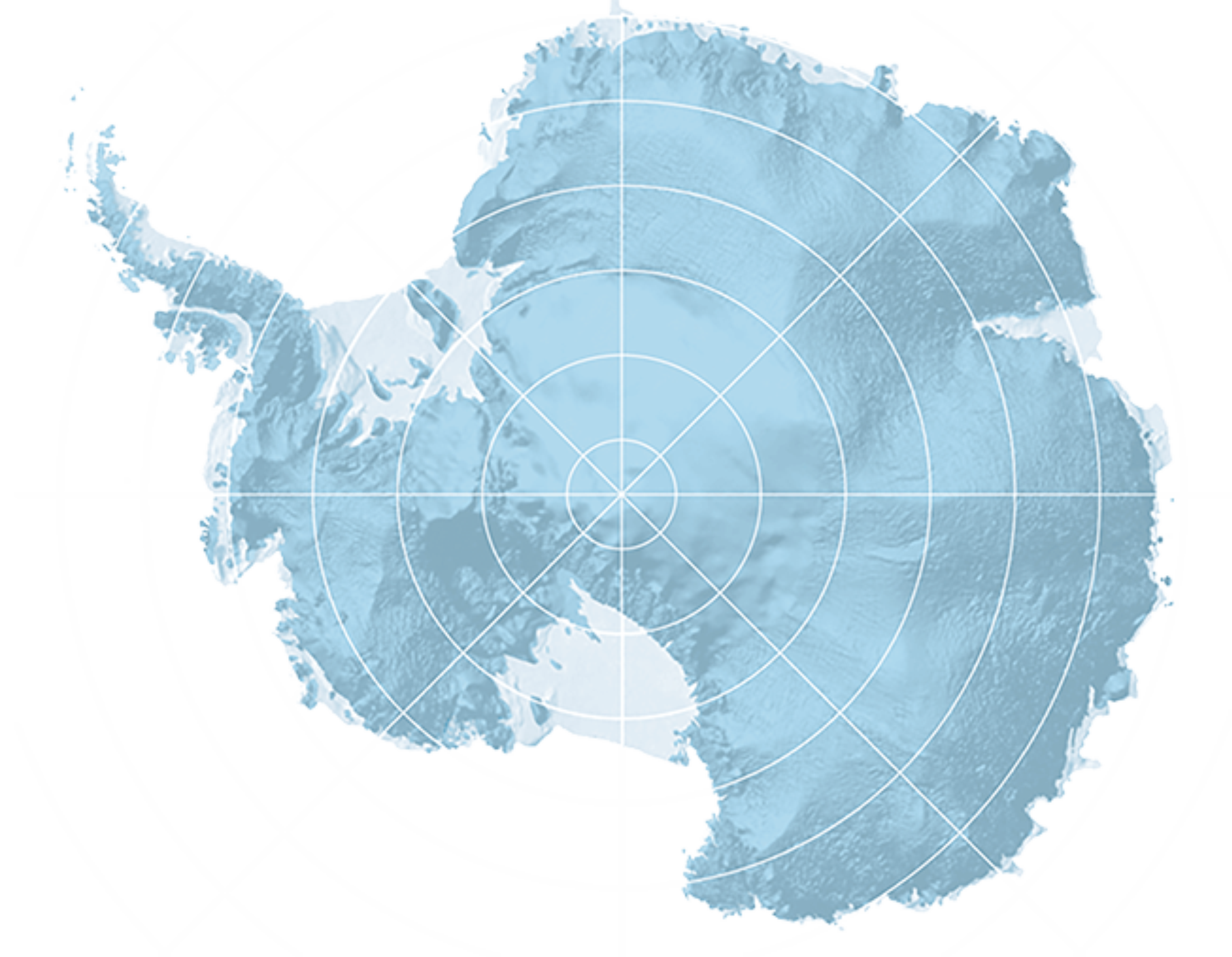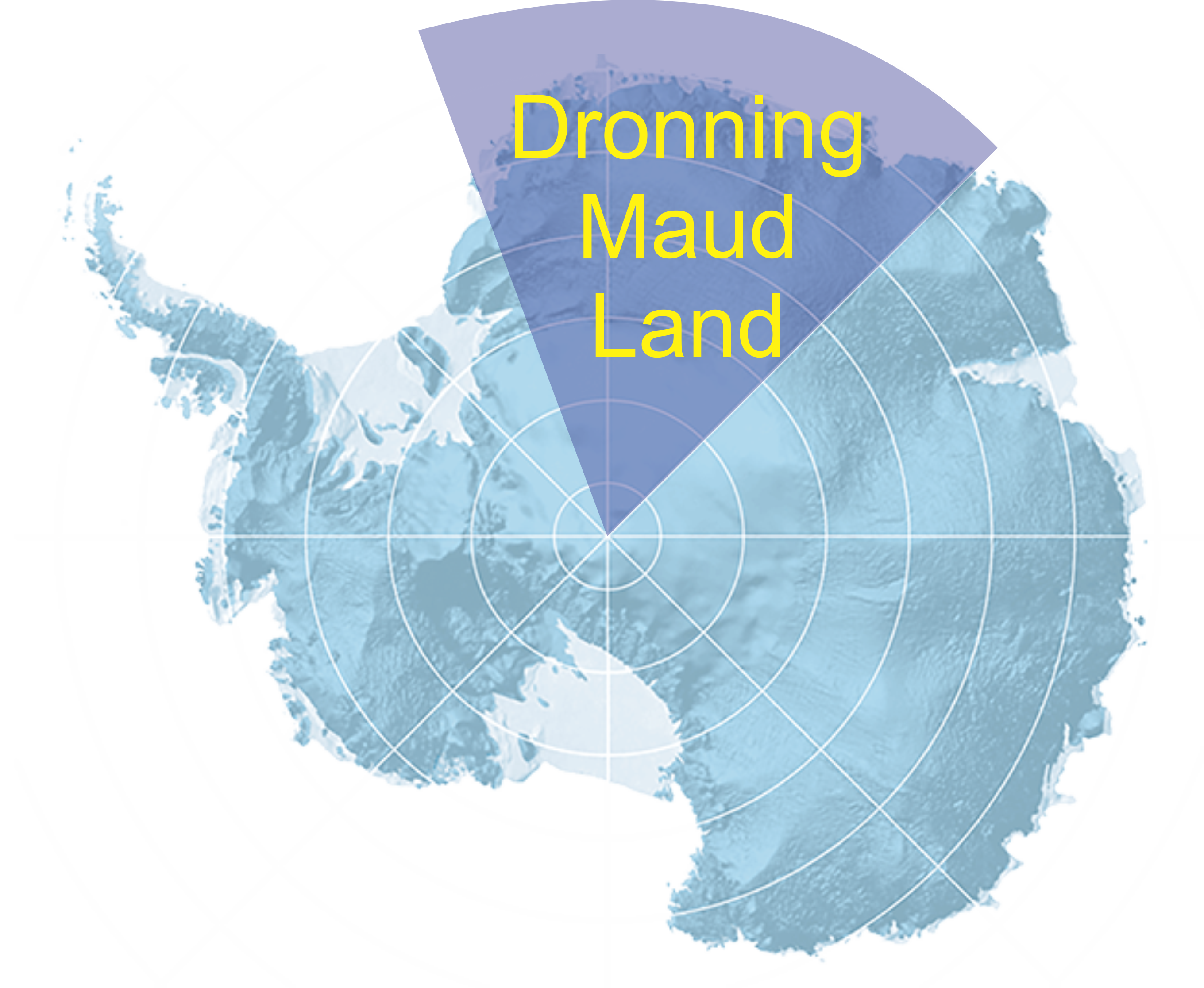The petrology course (GEO-2004) that I have taught at UiT, has been concreted mainly around active learning. I am using here part of the second lecture (i.e., texture of igneous rocks) as an example to elaborate more on the process that I use in the active learning.
The material used in the example:
Lecture 2 of the GEO-2004 course – “texture of igneous rocks” (http://abualam.info/igneous-petrology/).
The learning objectives:
To understand the formation mechanism of the magmatic reaction textures and to develop descriptive and observational skills.
Learning steps:
1) At the beginning of the lecture, I present some microscopic photographs (e.g., Fig. 1) that show magmatic reaction textures (but without telling the student that this texture formed due to chemical reactions).
2) I ask the students to describe the photographs and to come with a petrographic feature that can be observed in all of the presented photographs.

3) Once the students conclude that there is a texture that can be observed in all the photographs, I define this texture to the students as magmatic reaction texture.
4) Then I ask the students: “How can we (as petrologists) explain the formation mechanism of this texture?“.
5) I start to listen to students’ explanations, correct them, and write the correct explanations on the whiteboard.
Conclusion:
By the end of the lecture, the students: 1) got the knowledge and succeeded in understanding what the “magmatic reaction texture” is, 2) were able to analyze the relationships between the presented microscopic photographs, 3) developed skills of texture observation, description, and analysis, 4) got skills in a problem-solving based on a logical manner, and 5) worked in a collaborative environment.






